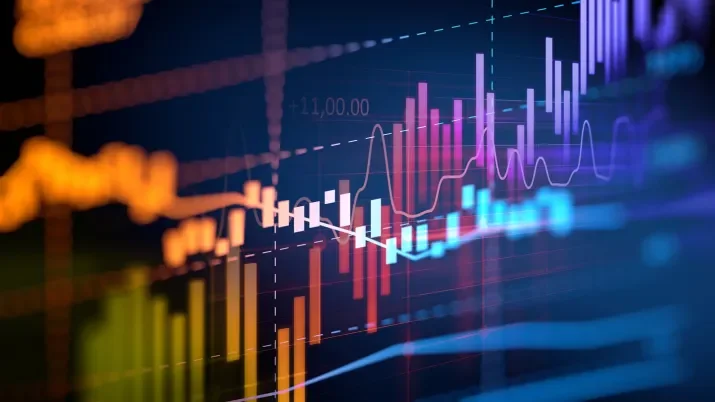The Fed and The Treasury Will Also Drive The Yield Curve Shape
Having written recently about our thoughts on how the yield curve might flatten, we should also note that whilst this, our base case scenario, is happening at the moment, there are a number of other potential strong influences that we need to monitor as they have the ability to prolong this flattening.
We already touched on supply last week with the US Treasury focussing a lot of the current supply at the very front end of the curve with T-Bill issuance. If and when the Treasury decides to issue further along the yield curve, the supply pressure could in itself be enough to push longer rates higher and above our base case of 3.25%. If the curve was in danger of becoming completely flat or inverting, then they may actually see it in their interest to maintain a positive curve despite the additional interest bill in doing so, as the cost of recession would of course be higher.
On the same theme, the Fed, whose mandate is full employment and 2% inflation, may also not wish to see a flat or inverted yield curve as they know the recession clock would be ticking. A recession would obviously be detrimental to both Fed goals, so whilst it’s not their primary mandate, the Fed may wish to issue commentary that encourages a steeper curve. For example, right now while there is a complete absence of a ‘term premium’, they could comment on this by suggesting that investors price one in, or just make the comment outright that the yield curve shape is not supported by fundamentals. Alternatively, they could adopt the much talked about range for their inflation interpretation which would probably cause the long end to steepen as it implies a tolerance to inflation catching up to the average of 2%, given that it has undershot for the last 6 years.
Naturally the Fed is very cautious with all of its language and would only make such interventionary comments on the basis that they genuinely were supported by a robust fundamental backdrop, so we really must look at all these points holistically when trying to judge yield curve shape.
For now though our base case is a move to flat in the next 12 months, but it’s something that we are reviewing closely as the current US cycle marches on to what is now the second longest since data records began 164 years ago, and the curve the flattest it’s been in 10 years.



